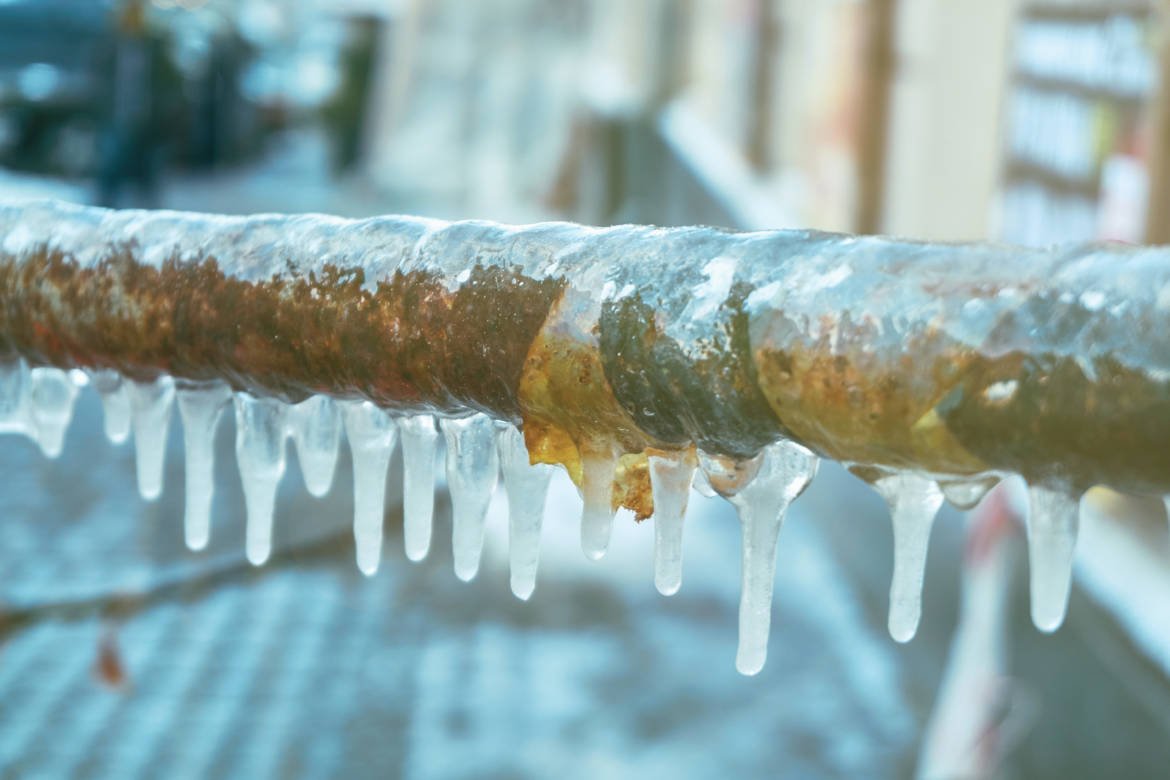What're your ideas regarding 6 Ways to Prevent Frozen Pipes?

Winter can ruin your pipes, particularly by freezing pipes. Right here's just how to stop it from taking place and what to do if it does.
Intro
As temperatures decline, the risk of frozen pipes boosts, possibly bring about pricey repairs and water damages. Recognizing just how to stop icy pipes is critical for homeowners in cold climates.
Recognizing Icy Pipelines
What triggers pipes to ice up?
Pipes ice up when subjected to temperatures listed below 32 ° F (0 ° C) for extended durations. As water inside the pipes ices up, it broadens, putting pressure on the pipeline walls and potentially creating them to break.
Risks and problems
Frozen pipelines can lead to water system disruptions, building damage, and pricey repairs. Burst pipelines can flood homes and trigger substantial architectural damages.
Indicators of Frozen Piping
Recognizing icy pipes early can avoid them from bursting.
How to recognize frozen pipelines
Look for decreased water flow from faucets, unusual odors or sounds from pipes, and noticeable frost on revealed pipelines.
Prevention Tips
Protecting susceptible pipes
Wrap pipes in insulation sleeves or use heat tape to shield them from freezing temperatures. Concentrate on pipes in unheated or outside locations of the home.
Heating methods
Keep indoor areas effectively heated up, specifically areas with pipes. Open closet doors to allow cozy air to distribute around pipes under sinks.
Shielding Outside Pipes
Yard hose pipes and outside taps
Separate and drain garden hose pipes prior to winter months. Install frost-proof spigots or cover outside taps with shielded caps.
What to Do If Your Pipelines Freeze
Immediate actions to take
If you suspect frozen pipes, keep faucets open to eliminate stress as the ice thaws. Make use of a hairdryer or towels taken in warm water to thaw pipelines gradually.
Long-Term Solutions
Structural modifications
Think about rerouting pipes far from outside walls or unheated areas. Include additional insulation to attic rooms, cellars, and crawl spaces.
Upgrading insulation
Purchase high-grade insulation for pipelines, attics, and wall surfaces. Proper insulation assists keep regular temperatures and minimizes the threat of frozen pipes.
Final thought
Avoiding icy pipes calls for positive measures and fast reactions. By understanding the reasons, indicators, and preventive measures, home owners can secure their pipes during cold weather.
5 Ways to Prevent Frozen Pipes
Drain Outdoor Faucets and Disconnect Hoses
First, close the shut-off valve that controls the flow of water in the pipe to your outdoor faucet. Then, head outside to disconnect and drain your hose and open the outdoor faucet to allow the water to completely drain out of the line. Turn off the faucet when done. Finally, head back to the shut-off valve and drain the remaining water inside the pipe into a bucket or container. Additionally, if you have a home irrigation system, you should consider hiring an expert to clear the system of water each year.
Insulate Pipes
One of the best and most cost-effective methods for preventing frozen water pipes is to wrap your pipes with insulation. This is especially important for areas in your home that aren’t exposed to heat, such as an attic. We suggest using foam sleeves, which can typically be found at your local hardware store.
Keep Heat Running at 65
Your pipes are located inside your walls, and the temperature there is much colder than the rest of the house. To prevent your pipes from freezing, The Insurance Information Institute suggests that you keep your home heated to at least 65 degrees, even when traveling. You may want to invest in smart devices that can keep an eye on the temperature in your home while you’re away.
Leave Water Dripping
Moving water — even a small trickle — can prevent ice from forming inside your pipes. When freezing temps are imminent, start a drip of water from all faucets that serve exposed pipes. Leaving a few faucets running will also help relieve pressure inside the pipes and help prevent a rupture if the water inside freezes.
Open Cupboard Doors
Warm your kitchen and bathroom pipes by opening cupboards and vanities. You should also leave your interior doors ajar to help warm air circulate evenly throughout your home.

I hope you enjoyed reading our post about Helpful Tips to Prevent Frozen Pipes this Winter. Thanks a lot for spending some time to read our content. Sharing is nice. Helping others is fun. Thanks for taking the time to read it.
Quote & Schedule
Comments on “Avoiding Frozen Plumbing in Winter: Expert Strategies”